Natural disaster: the new normal
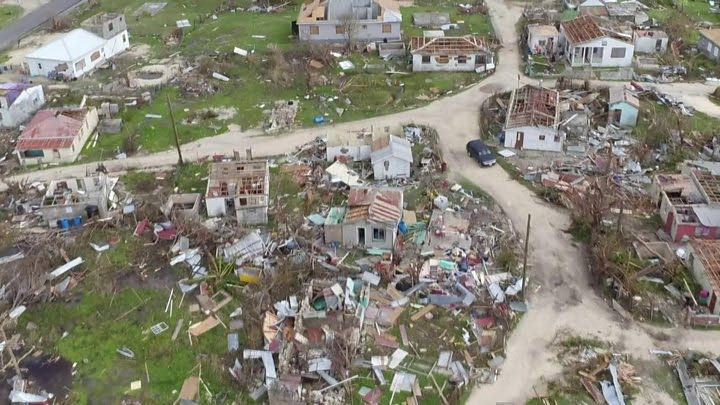
THE people of Antigua and Barbuda seem not to resist the waves. They traverse their seas on the Barbuda Express, a 56-seater wave-piercing, open-sided catamaran. The waves splash anyone too close to the windows and bang roaringly against the sides, shaking the whole vessel.
Those accustomed to it rock back and nap, at peace with the ups and downs. There is a laid-back acceptance of the rough and tumbling water as it crashes against the hull.
On September 6, 2017, the water turned on the people of Barbuda, when Hurricane Irma, the first category five hurricane of the 2017 Atlantic hurricane season, made it to land. Irma developed from a tropical wave on August 30, near Cape Verde. By the time it hit Barbuda, it was a 185-mph hurricane. There were three deaths and the country suffered US$150 million in damage.
Two years later, October 7 and 8, the Association of Caribbean Media Workers and Unicef Office for the Eastern Caribbean hosted a two-day workshop in Antigua and Barbuda, where regional journalists were educated on and exposed to the impact of a category five hurricane on a small island developing state.
Though the workshop was on reporting on children in the face of disaster, it covered creating a plan of action for each media house, the role and responsibility of the media during a natural hazard, the trauma the people experienced and the recovery after the storm.
Newsday sent the only journalist from TT to participate at the workshop, but TT photojournalist for Reuters Andrea De Silva facilitated one session. The first day was a sit-down workshop at the Starfish Jolly Beach Resort in Antigua, where the theoretical training took place. On the second day, the 21 journalists were ferried across to Barbuda to learn about the impact of hurricane Irma and the relief efforts.
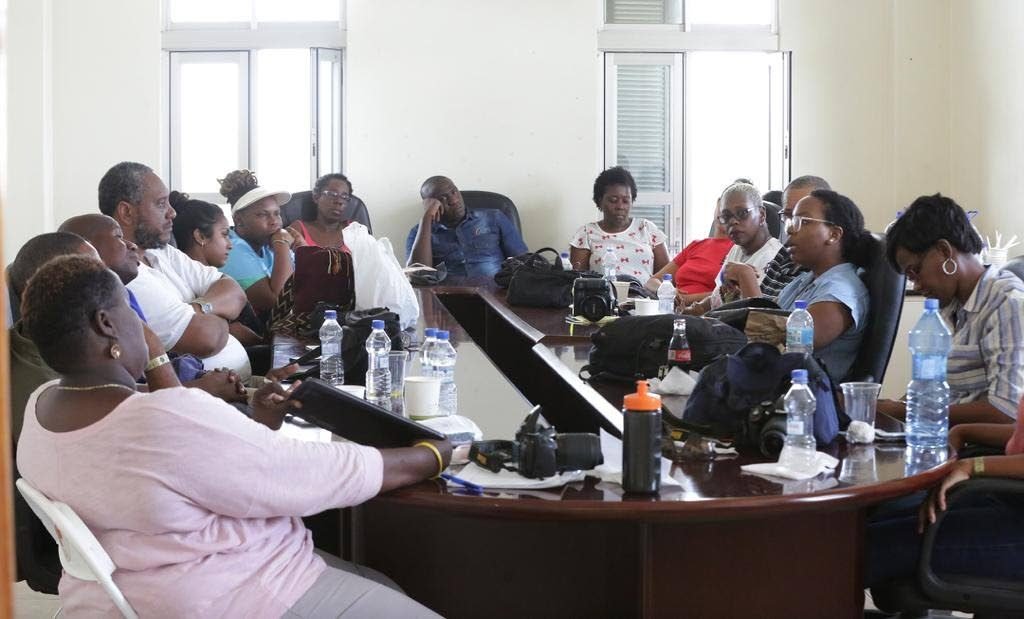
A quasi-press conference was held with the media practitioners, at which residents of Barbuda shared their experiences at the Barbuda Fisheries Complex, at the top of the Codrington Lagoon. The lagoon is home to the frigatebird colony, one of the island’s largest ecotourism attractions. The mating season is between September and April, when the male displays his scarlet throat pouch to attract a female, who will lay an egg in the mangrove. The frigatebird has very few predators on the island, and this is one of the most important nesting spaces for the species. Before Irma, Barbuda had the largest population in the region, with an estimated 2,500, but it is yet to be known how many birds are now on the island.
Barbuda has one main village, Codrington, where most of its residents lived. It is 62 miles long and its highest point is 250 feet above sea level. According to a 2011 population and housing census, there were 1,638 people living in Barbuda. Though no current census data is available, approximately half of the population has returned there to rebuild.
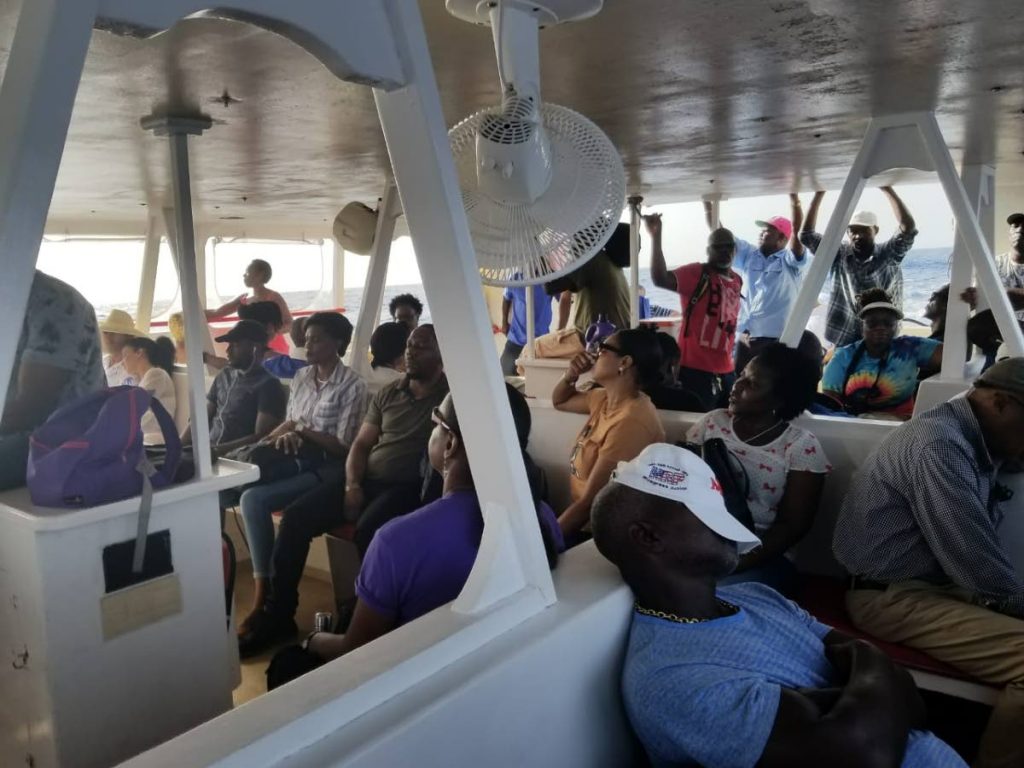
To date, the Barbuda Recovery and Conservation Trust (BRCT) has raised US$789,000 to provide immediate humanitarian relief, clean-up services, repair homes, help tutor children and subsidised ferry transportation between the islands.
The hurricane shelter was the Codrington community centre, a space built to withstand multiple hazards such as earthquakes, tsunamis and hurricanes. It’s fully air-conditioned, made completely of concrete, including the roof, which was concrete with tiles above. It had showers, a library and a small gym.
The main fault in the building, however, was the glass windows: they became a weak spot through which the hurricane could penetrate. John Mapp, a worker in the shelter, said the windows shattered with 15 people inside the shelter and everyone had to be evacuated to the hospital.
On September 8, 2017 the island was evacuated to Antigua, as there was no water, no electricity and concerns about illness.
The psychological aftermath of the storm did not let up for the Barbudans. John Mussington, principal of Sir McChesney George Secondary School, said the children who were sent to school in Antigua afterwards were not only reported to have severe anxiety, but were also bullied by Antiguan children.
While some structures have been or are being rebuilt, many homes are still covered in tarpaulin and some families camp out in their relative’s homes.
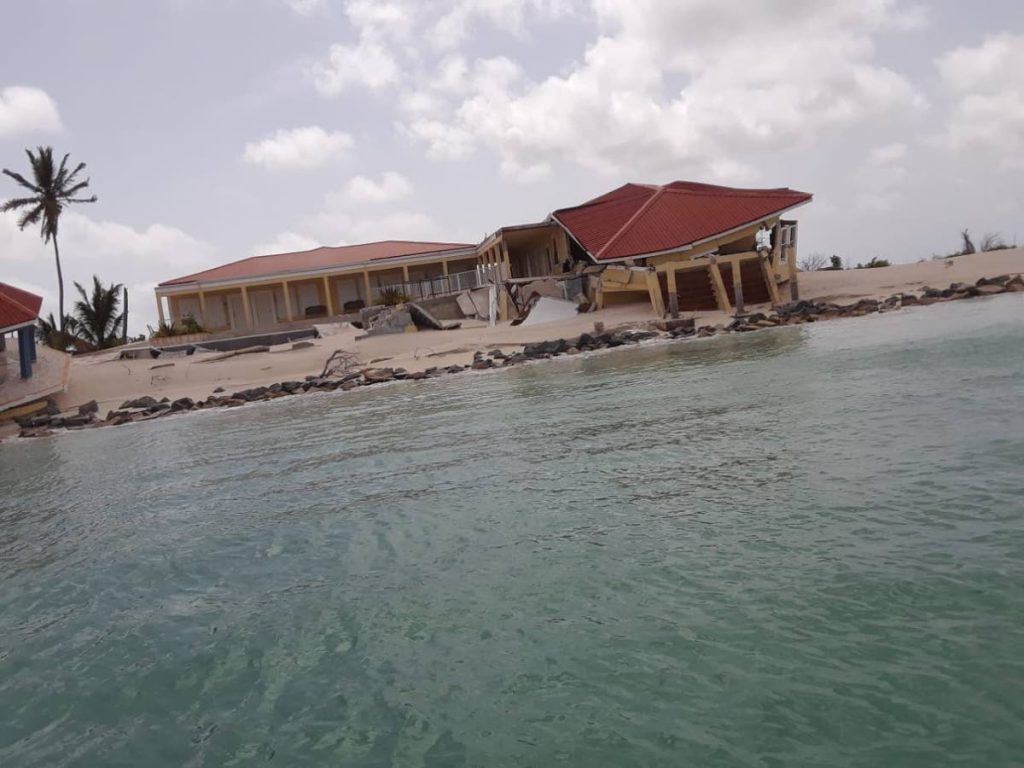
Barbuda was not the only island affected by the hurricane season that year. So were Dominica, St Martin, St Bart’s, Turks and Caicos, the British Virgin Islands, the US Virgin Islands, Puerto Rico, Haiti, the Dominican Republic, Anguilla and Cuba. Category five hurricanes Irma and Maria caused a lot of destruction to countries such as Dominica, Barbuda and Puerto Rico. TT even accepted students from Dominica.
At the UN General Assembly last month Barbados Prime Minister Mia Amor Mottley described small island developing states as the canaries of the world. Miners used to take canaries into coal mines to test the air quality. If there were hazards such as carbon monoxide, the canaries would die and the miners would know about the danger.
Like those canaries, who were the first to suffer is something went wrong, small island developing states are quickly becoming the first to feel the effects of climate change. The region has experienced drought, sargassum, wildfires and rising sea temperatures – which are leading to stronger hurricanes.
Mottley said: “That challenge of climate change and denying the existence of climate change, my friends, does not diminish its reality…I want to express my country’s deepest sympathy and empathy with our brothers and sisters in the government and the people of The Bahamas, with respect to the awful devastation visited upon them by Hurricane Dorian on the islands of Abaco and Grand Bahama.
“That catastrophe represents an unfortunate new normal for many in small island developing states. From my own first-hand knowledge, it was horrific. This world that we live in can no longer ignore the reality of climate change… SIDS are the canaries of the world. You will ignore us at your own peril.”
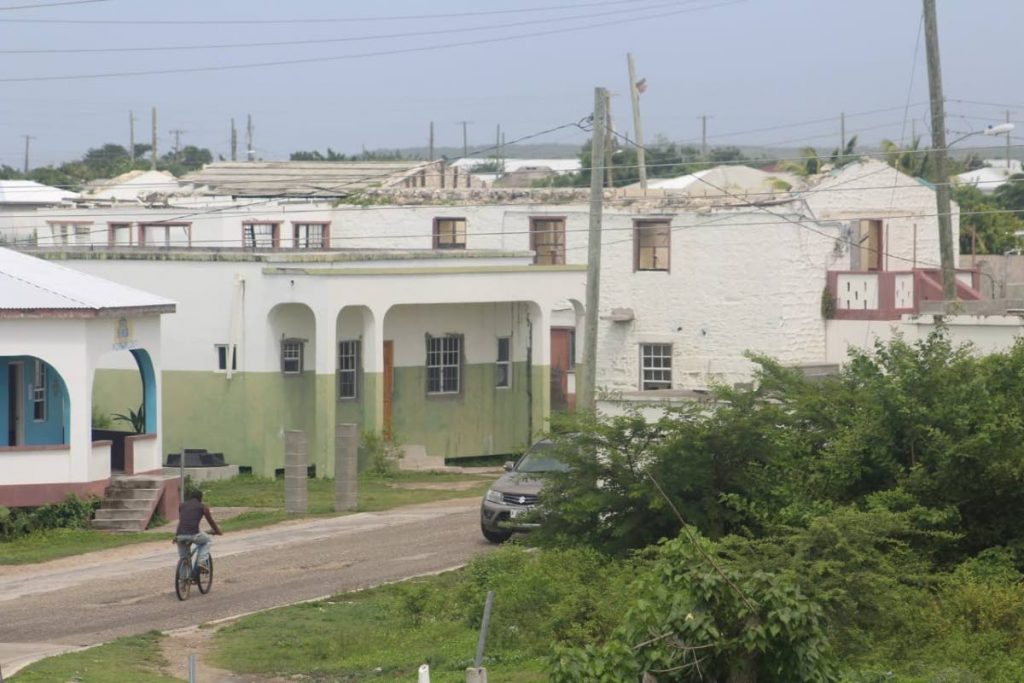
Hurricanes are also known as tropical cyclones. The US National Oceanic and Atmospheric Administration, describes them as: “Rotating systems of clouds and thunderstorms that form over tropical and sub-tropical waters. One of nature’s most powerful storms, hurricanes can bring strong winds, storm surge flooding, heavy rainfall that can lead to inland flooding, tornadoes and rip currents.”
The US Center for Climate and Energy Solutions says climate change is affecting the strength of hurricanes. Warmer seas could intensify tropical storm wind speeds. Computer models predict a two-11 per cent increase in average maximum wind speed for cyclones. Warmer seas also bring more rainfall, with an expected 20 per cent increase in rainfall rates. Models predict there will be an increase in the frequency of category four and five hurricanes by 45-87 per cent in the Atlantic Basin.
The hurricane season ends in November. So far this year, five hurricanes have formed, with Hurricane Dorian being the most destructive, in the Bahamas.
While there are global calls for climate-change mitigation, individual Caribbean countries are working towards reducing their carbon footprint. Antigua and Barbuda, for instance, have banned all single-use plastic and Styrofoam. Antigua also has two solar farms and is in the process of building a third one.
Mottley said not only are the hazards themselves the problem, but so is the islands’ ability to care for their people during and after, with drinking water, shelter and protection from disease.
Coming in this series: the traumatic impacts of natural hazards such as hurricanes, how journalists should plan for natural disasters, and more from the people of Barbuda about Hurricane Irma.


Comments
"Natural disaster: the new normal"